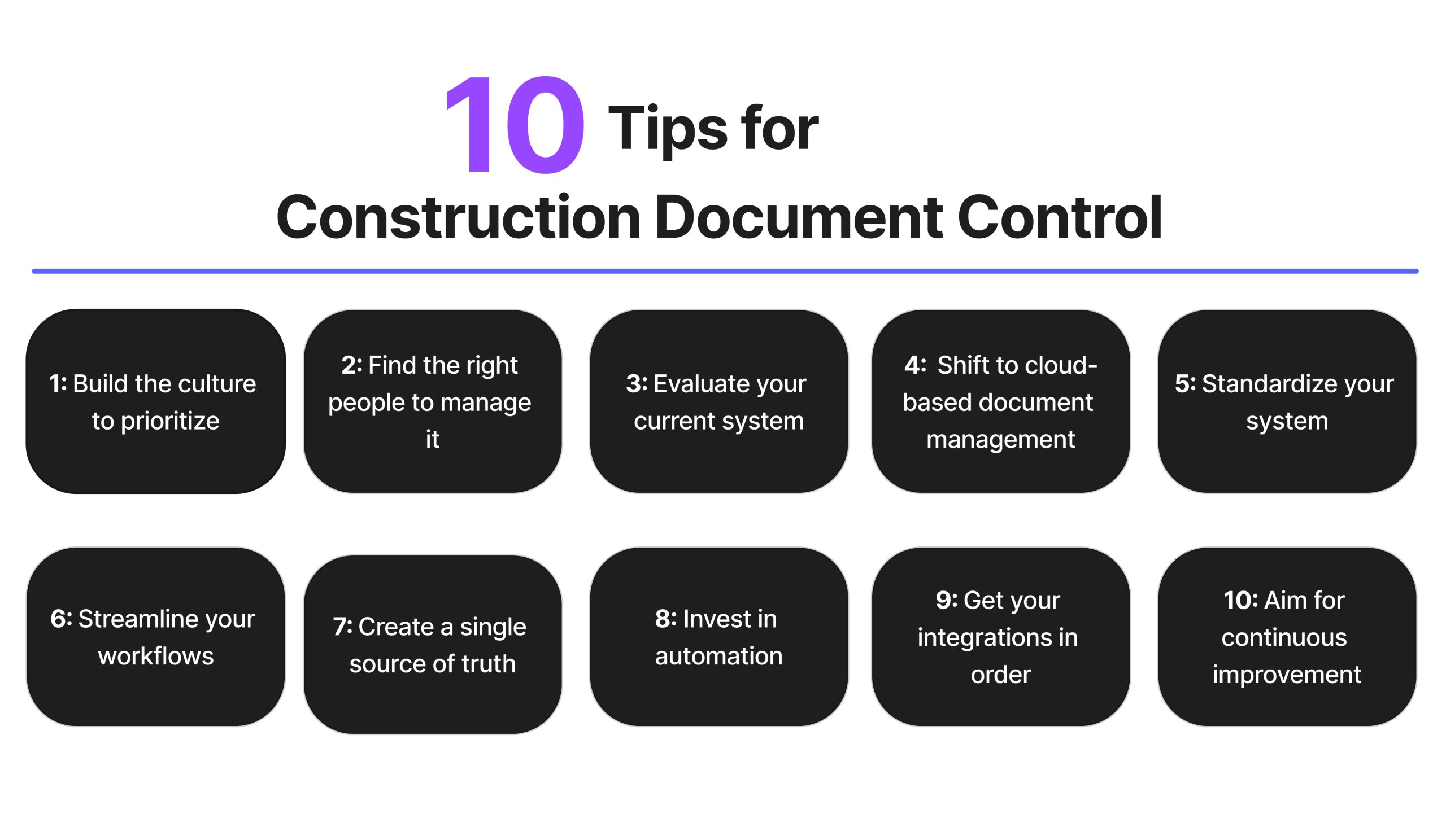Achieving Seamless Job Distribution: Architect's Comprehensive Method to Construction Document Administration
One important aspect typically took too lightly is the administration of building files, which offers as the backbone of every task. As designers browse the complexities of design, implementation, and control, a comprehensive method to record monitoring arises as a cornerstone for achieving seamless project shipment.
Value of Building And Construction Document Management
Efficient building file administration plays a vital duty in guaranteeing job success by promoting seamless communication and company throughout the building and construction process. By preserving precise and updated construction papers, engineers can successfully communicate with service providers, subcontractors, and other stakeholders involved in the project. These records function as a referral point for all celebrations, ensuring that everybody is functioning from the same collection of information and minimizing the likelihood of errors or misunderstandings.
In addition, building file administration aids architects stay arranged by supplying a central location for all project-related details, consisting of drawings, requirements, agreements, and communication. When needed, this company streamlines the decision-making procedure and permits for quick access to crucial task information. Furthermore, appropriate paper administration can boost job performance, decrease expensive hold-ups, and inevitably lead to the successful completion of building tasks. Engineers who prioritize building record management established a solid structure for project success and demonstrate a dedication to supplying top notch outcomes.
Key Aspects for Reliable Documents

Provided the critical duty that accurate and well organized construction documentation plays in ensuring project success, it is vital to determine crucial elements that contribute to effective documents administration. Clear and succinct interaction is vital. All stakeholders need to understand the paperwork needs and be able to accessibility and interpret the details quickly. Second of all, establishing standard layouts and methods guarantees consistency across all task files. This includes naming conventions, data frameworks, and modification control to protect against mistakes and complication. Routine testimonials and updates are vital to keep paperwork reflective and current of the task's progression. This method assists determine any discrepancies or changes that need to be dealt with quickly. Implementing a durable file monitoring system that permits for version control, access constraints, and audit trails substantially enhances the company and protection of job paperwork. By including these crucial elements into building paper monitoring practices, engineers can improve procedures, decrease errors, and eventually contribute to the effective distribution of jobs.
Making Use Of Modern Technology for File Organization
Leveraging advanced electronic tools and software application systems is instrumental in boosting the organization and availability of building and construction documentation. Architectural firms can streamline their record administration processes by executing specialized software program developed for the building industry. These tools use functions such as variation control, cloud storage space, and collaborative modifying capabilities, enabling employee to work with records concurrently and guaranteeing everyone has accessibility to one of the most current information.
One secret benefit hop over to these guys of making use of modern technology for file organization is the capability to produce a centralized repository for all project-related files. By saving documents in a safe and secure electronic setting, designers can conveniently look, retrieve, and share info with stakeholders, lowering the danger of version disputes or misplaced files. Additionally, advanced software application remedies commonly incorporate metadata tagging and indexing capabilities, enabling individuals to categorize papers effectively and retrieve them promptly when required.
Collective Strategies With Task Teams
To maximize project end results, architects need to welcome collective approaches when collaborating with job groups to ensure smooth communication and control throughout the construction process. Collaboration with task groups is crucial for designers to properly manage construction tasks. construction document management. By fostering open communication and team effort among all stakeholders, engineers can improve decision-making processes, address potential problems proactively, and make certain that every person is straightened with the project goals
Architects must establish clear lines of communication with designers, contractors, customers, and various other vital staff member from the beginning of the task. Regular meetings, progression updates, and feedback sessions must be scheduled to maintain everybody educated and engaged. Utilizing collaborative task monitoring devices can additionally promote real-time information sharing and record partnership, improving openness and efficiency.

Ideal Practices for Record Variation Control

Final Thought
To conclude, reliable construction file monitoring is vital for attaining seamless task shipment. By concentrating on crucial elements such as cooperation, variation, and organization control, architects can make sure that go now all task teams are functioning from up-to-date and accurate details. Making use of technology can streamline the paperwork procedure and improve overall task effectiveness. It is necessary for architects to carry out best methods in record management to effectively browse the complexities of building tasks.
Reliable construction record monitoring plays a critical function in making certain project success by promoting seamless interaction and organization throughout the building procedure. Additionally, appropriate paper monitoring can enhance job performance, reduce costly delays, and eventually lead to the successful completion of building tasks.To maximize project outcomes, designers should accept joint methods when working with job groups to make sure smooth interaction and control throughout the building and construction process. Collaboration with job teams is vital for designers to efficiently manage building tasks.In the world of collaborative building job administration, maintaining accurate control over file versions stands as a vital practice for ensuring task honesty and communication.